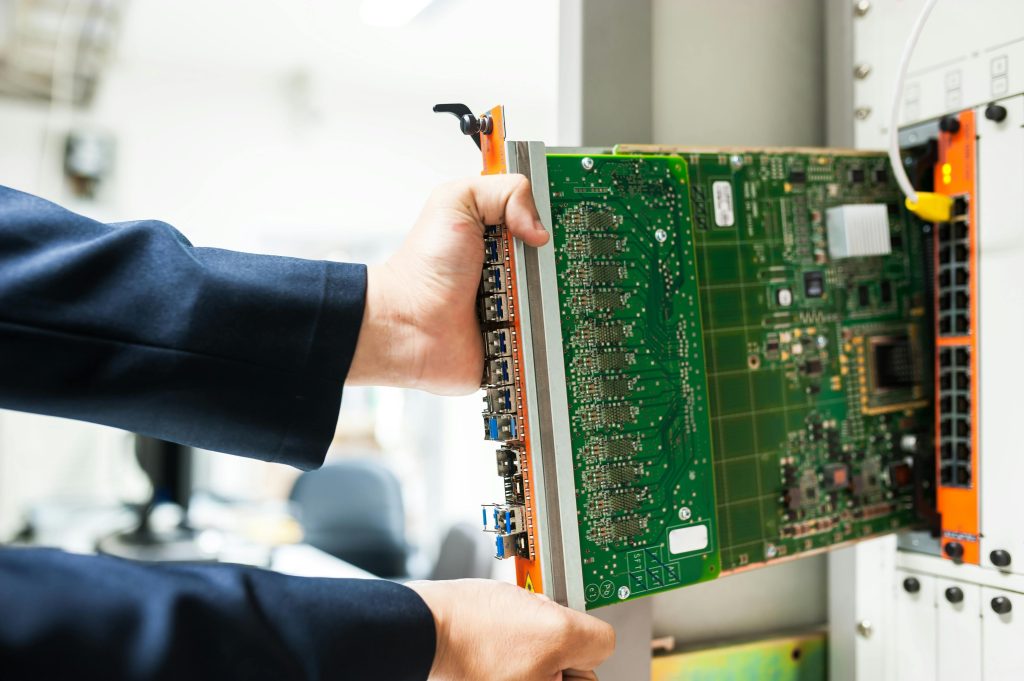Understanding USB Drive Recognition and Connectivity Issues on Windows 11
If you’ve recently upgraded to Windows 11 and are experiencing challenges with your external exFAT-formatted hard drive, you’re not alone. Compatibility and stability of external drives can sometimes be affected by hardware port configurations, driver settings, or power management features. Here’s a comprehensive overview to help diagnose and resolve such issues.
Scenario Overview
Consider a user operating a Windows 11-powered Acer Predator Helios Neo 16s. The laptop features multiple USB-A ports—one on the left side and two on the right. The user reports that an external exFAT-formatted hard drive, initially formatted on a Mac, behaves differently depending on which port it is connected to:
- When plugged into the left-side USB-A port, the drive is immediately recognized and accessible.
- When connected to either of the two right-side USB-A ports, the drive receives power and spins but is not recognized by Windows (not visible in File Explorer or Device Manager).
Furthermore, the user experiences intermittent disconnection of the drive during intensive usage, such as video editing in Adobe Premiere Pro, with reconnections happening automatically, necessitating re-linking files.
Potential Causes and Solutions
-
Port-Specific Compatibility or Hardware Issues
Not all USB ports are created equal. Variations in hardware, internal wiring, or port configuration can affect device recognition. -
Test all ports systematically: Verify if the issue persists across all right-side ports or is exclusive to one.
- Check for physical damage: Inspect ports for dust, debris, or damage.
-
Use reliable cables: Even if the same cable works with other devices or on Mac, test different cables if available.
-
Driver and System Configuration
Windows relies on proper drivers and configurations for USB device detection and power management. -
Update chipset and USB drivers: Download the latest drivers from Acer or motherboard manufacturer.
- Check Device Manager:
- Expand “Universal Serial Bus controllers”.
- Look for any devices with warnings or errors.
-
Right-click and choose “Update driver”.
-
Adjust USB selective suspend settings:
- Navigate to Control Panel > Hardware and Sound > Power Options.
- Click “Change plan settings” next to your active plan.
- Click “Change advanced power settings”.
- Expand “USB settings” > “USB selective suspend setting”.
-
Set to “Disabled”.
-
Power Management Settings
You’ve already attempted
Share this content:



